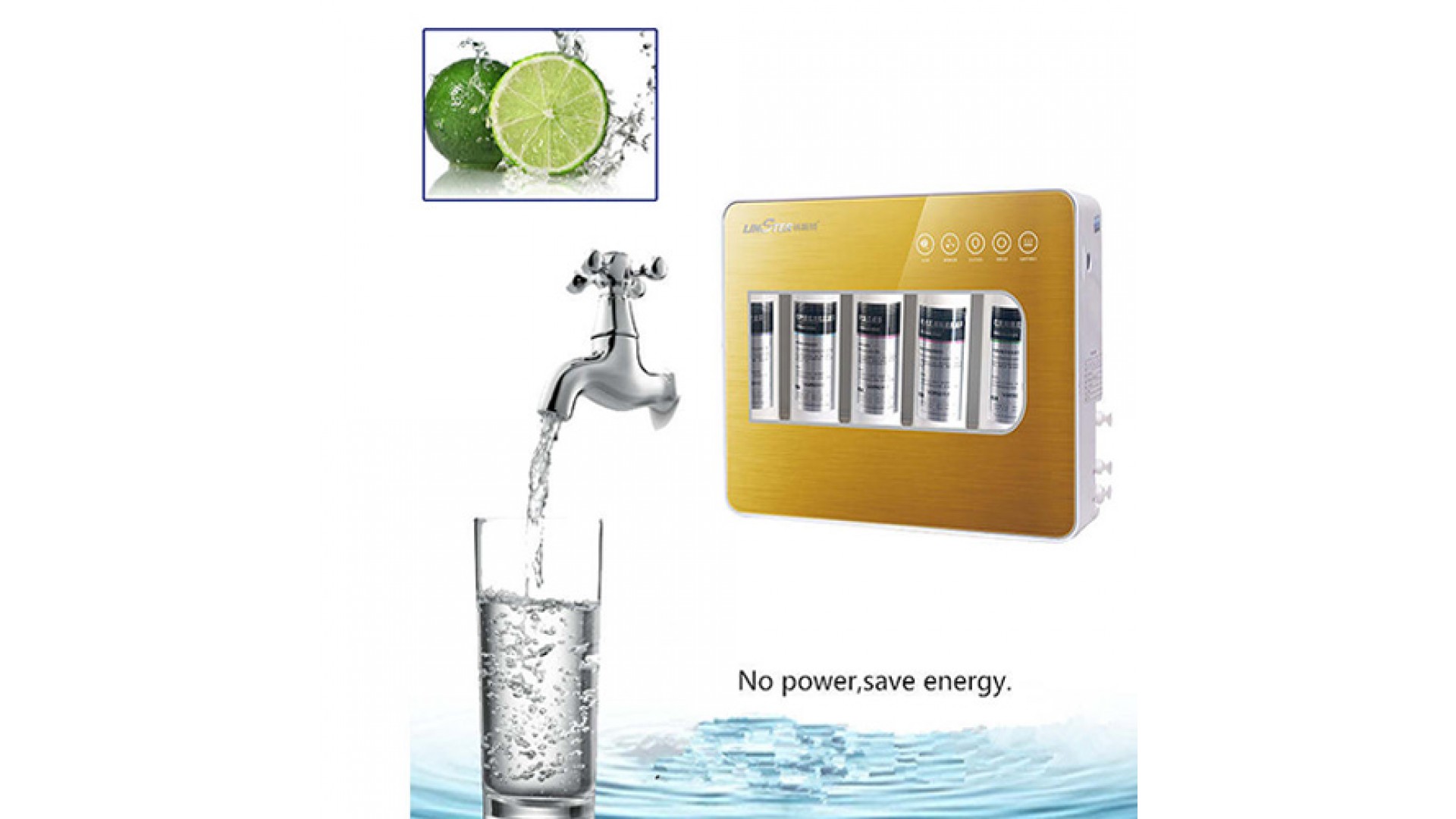Soru ile başlayalım ;
Mutfakta su arıtma cihazına ihtiyaç var mı ?
Musluklardan sağlıklı içme suyu almak aslında yasal hakkımız, Bir çok şehirlerin bunu sağladığını, yayınladıkları su analiz raporlarından görüyoruz.
Fakat bu raporların doğruluğu, bazılarımızı ikna edemiyor.
Aileye sağlıklı su temini için kişisel olarak birşeyler yapılması gerektiğini düşüyor.
Çare olarak damacana veya arıtma cihazlarını tercih ediyor.
Nakliye ve dağıtım maliyetleri sebebi ile, damacana su artık aile bütçesine yük oluyor
Son çare mutfak tipi su arıtma cihazlarına yöneliyor.
Mutfak tipi su arıtma cihazları
Tezgah altı, tezgah üstüne montajı yapılır.
Cihaz, kasa ve içindeki fitrelere olarak 2 bölüm olarak değerlendirilir.
Kasanın su arıtımı kalitesine hiç bir katkısı yoktur, Su arıtımı için önemli olan içindeki filtrelerdir.
Kasa İçinde 3-6 adet filtre bulunur, bu fitreler aşama/stage olarak adlandırılır.
Örnek olarak 5 aşamalı bir su arıtma cihazı içinde , 5 adet filtre bulunur. Bu filtreler seri olarak çalışır. Su ilkinden girip, 5. sinden arıtılmış olarak çıkar.
Filtreler;
Kasa içinde 5 adet fite bulunur. Filtreler seri bağlıdır. İlkinden girer, sonuncusundan arıtılmış olarak çıkar.
1. Aşama; 5 mikron gözenekli PP filtre. Kapasite 2.5 Lt/dakika, Servis ömrü : 8000-11000 Litre su arıtır. NSF sertifikalıdır.
2. Aşama; 5 mikron gözenekli GAG (Granül Aktif Karbon) filtre. Kapasite 2.5 Lt/dakika, Servis ömrü : 8000-11000 Litre su arıtır. NSF sertifikalıdır.
3. Aşama; 5 mikron gözenekli BAG (Blog Aktif Karbon) filtre. Kapasite 3 Lt/dakika, Servis ömrü : 6-8 ay. CE sertifikalıdır.
4. Aşama; 0.01 mikron gözenekli UF (Ultra Filtrasyon) filtre. Sistemin en önemli filtresidir. Kapasite 2.5 Lt/dakika, Servis ömrü : 8000-11000 Litre su arıtır. UF fitre geri yıkama yapılabilir. NSF sertifikalıdır. (0.00001 mm, bakterileri bile tutar. Suyun bileşenlerini bozmaz. )
5. Aşama; 5 mikron gözenekli POST GAG (Granül Aktif Karbon) filtre. Kapasite 2.5 Lt/dakika, Servis ömrü : 8000-11000 Litre su arıtır. NSF sertifikalıdır.
Bazı arıtma cihazlarında UF yerine RO (Reverse Osmosis) filtre kullanılmaktadır.
* 27 yıllık çevre mühendisi yetkilimiz içme için RO yu önermiyor.
RO suyun bileşenlerini bozar, kireci tutarken faydalı tüm mineralleri de tutar. RO suyu saf -distile su şekline getirir.
Saf veya distile su içilir mi ? bunu doktorunuza sorun. Birde niye maden suyu-mineralli su satılıyor, bunu da düşünün.
RO nerede kullanılır; kireçsiz, mineralsiz, tuzsuz, iletkensiz suyun ihtiyacı olan her yerde RO kullanılır. ( örn. parfüm, kolanya, temizlik maddesi vs.)
RO ya özel blog yazımız olacak, katkı yapacaklara şimdiden teşekkürler.




